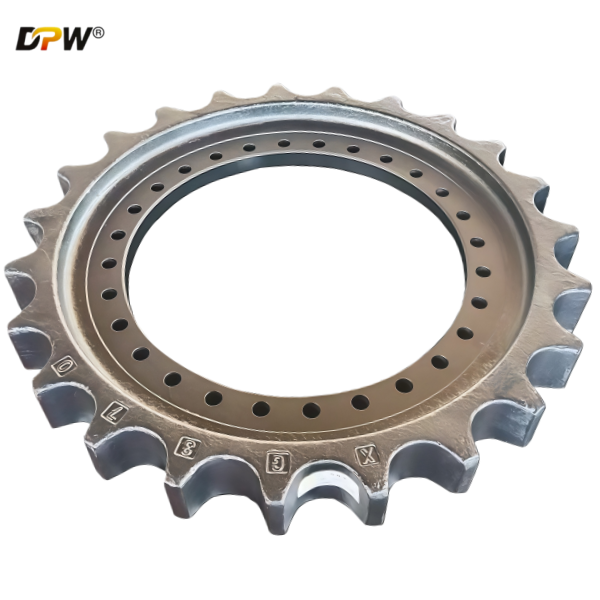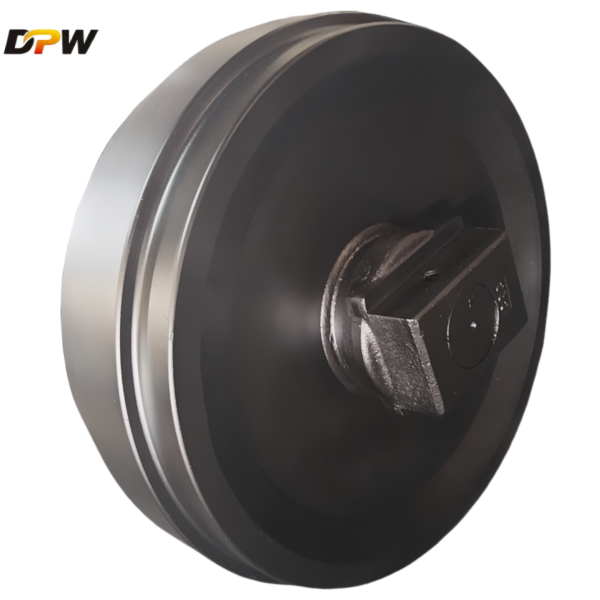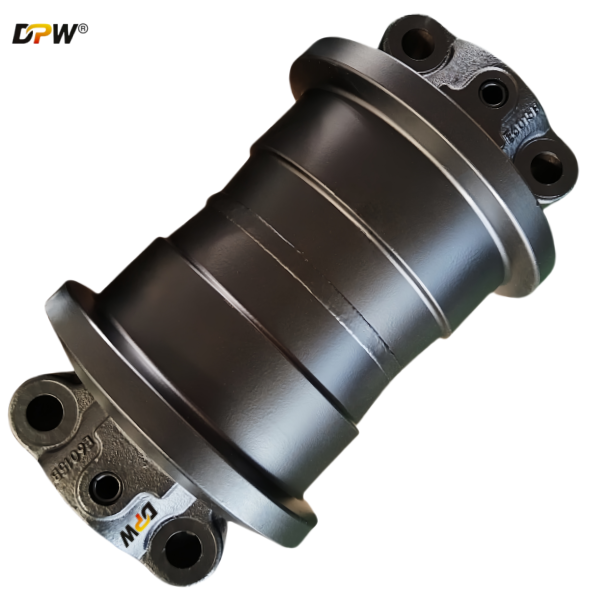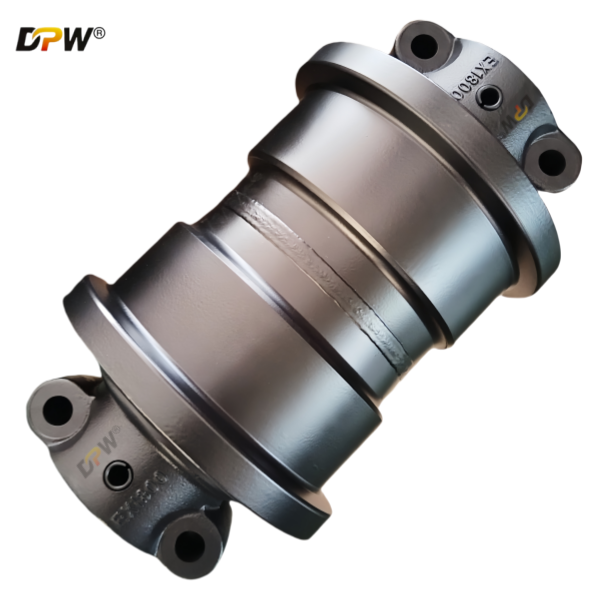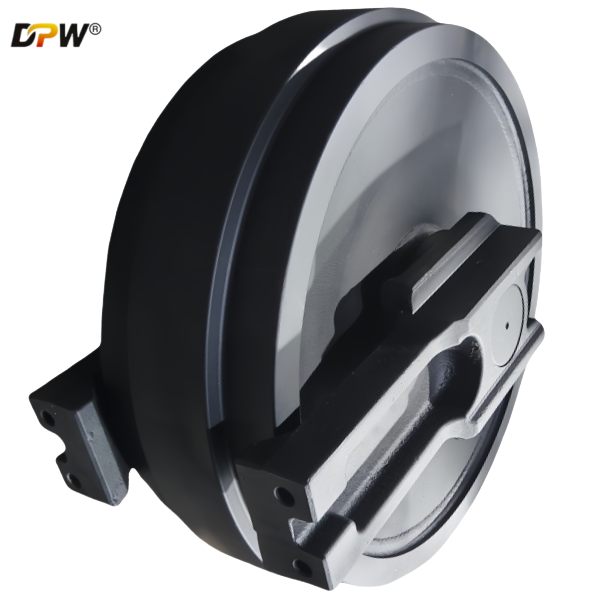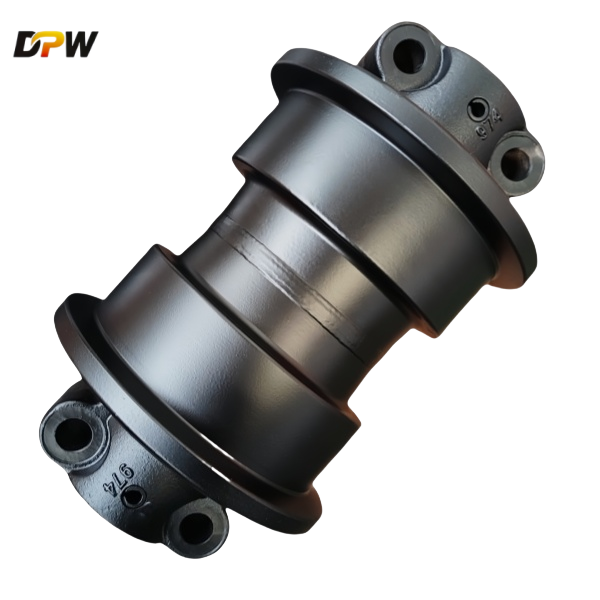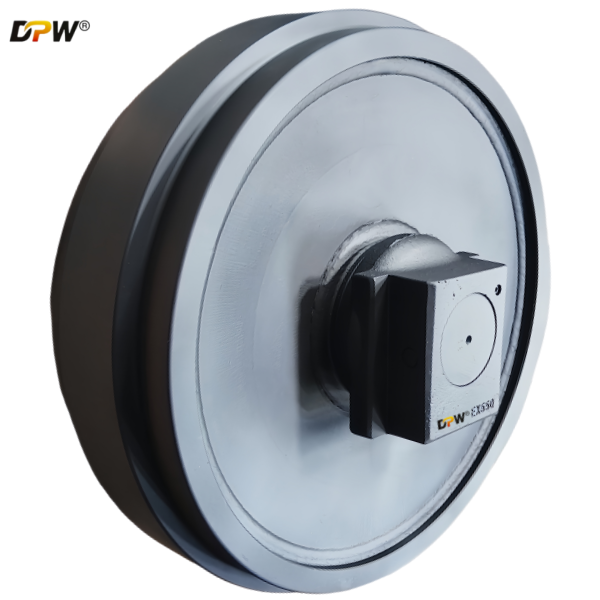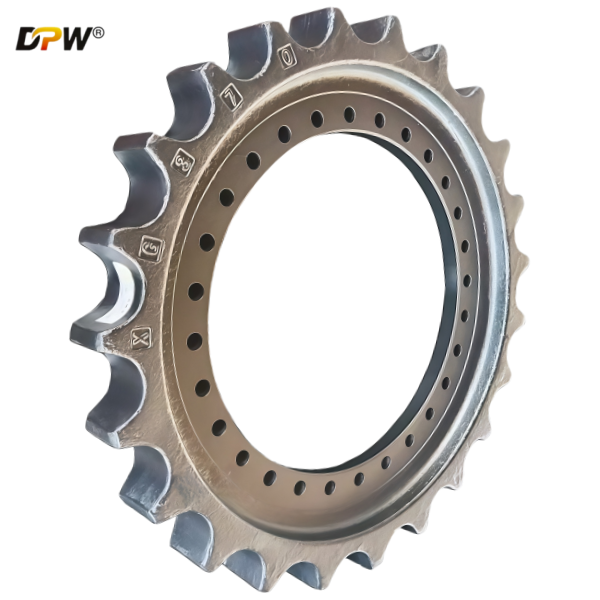
XCMG 800306295/800345729 XE370 Drive Wheel/Final Drive Sprocket Assy/OEM quality undercarriage components/source manufacturer and supplier
Product Specifications
XCMG 800306295 / 800345729 XE370 Drive Wheel / Final Drive Sprocket Assembly - Technical Overview
Meta Description: Professional technical specifications for the XCMG XE370 Drive Wheel & Final Drive Sprocket Assembly (P/N: 800306295, 800345729). Explore its design, function, material composition, and role within the crawler undercarriage system of XCMG hydraulic excavators.
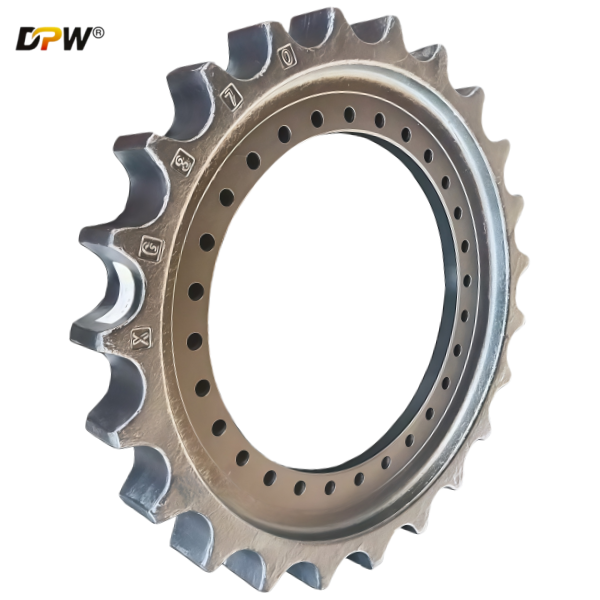
1. Component Identification and Basic Function
The XCMG 800306295 and 800345729 are part numbers referring to the Drive Wheel (also commonly known as the Sprocket) for the XCMG XE370 model hydraulic excavator. This assembly is the final component in the excavator's power transmission chain, forming an integral part of the Final Drive Assembly.
Primary Function: To convert the high-torque, low-speed rotational output from the final drive reduction hub into linear track movement. It meshes directly with the track chain links, propelling the entire excavator.
Secondary Function: To guide the track chain and maintain its proper alignment during operation, ensuring smooth engagement and disengagement.
2. Detailed Technical Description and Structural Composition
This is a high-integrity, precision-machined forged component designed for extreme service conditions. Its structure can be broken down as follows:
A. Drive Wheel (Sprocket) Hub:
Material: Typically manufactured from high-carbon, high-chromium alloy steel (e.g., 42CrMo) through a closed-die forging process. This ensures a continuous grain flow and superior mechanical properties, free from internal voids or inclusions.
Heat Treatment: The teeth undergo a rigorous heat treatment cycle involving quenching and tempering to achieve a high surface hardness (typically 55-60 HRC) for exceptional wear resistance, while the core remains tough and ductile to withstand shock loads and prevent brittle fracture.
Tooth Profile: The sprocket teeth are precision-machined with an involute or modified trapezoidal profile. This geometry is engineered for optimal engagement with the track bushing (chain pin), minimizing point contact and distributing the immense contact stress over a larger area. The tooth flanks are often hardened to a greater depth than the root to combat the primary wear mode.
B. Integrated Mounting System:
Bolt Circle & Pilot: The sprocket features a precisely machined bolt circle with counterbored holes for high-strength alloy cap screws. A machined pilot diameter on the back face ensures perfect concentricity and alignment with the final drive's output flange, which is critical for eliminating run-out and uneven load distribution.
Sealing Surface: The interface between the sprocket and the final drive housing is designed to work in conjunction with a robust radial lip seal, protecting the internal planetary gear sets from contamination by abrasive slurry, water, and debris.
3. Integration within the Final Drive Assembly
The Drive Wheel Sprocket is not a standalone part but the external, working component of a larger system:
Final Drive Assembly: This is a compact, high-reduction planetary gearbox mounted directly inside the track frame. The sprocket is bolted to the output flange of this assembly.
Power Flow: Hydraulic motor -> Reduction gears -> Planetary gear set -> Output Flange -> Drive Sprocket -> Track Chain -> Machine Movement.
4. Key Performance and Material Specifications
| Parameter | Specification |
|---|---|
| Applicable Model | XCMG XE370 Hydraulic Excavator |
| Part Numbers | 800306295, 800345729 (Confirm interchangeability with XCMG) |
| Component Type | Drive Wheel / Final Drive Sprocket/28HB |
| Primary Material | High-Strength Alloy Steel (Casted) |
| Heat Treatment | Induction Hardened / Quenched & Tempered (Q&T) |
| Tooth Hardness | 55-60 HRC (Surface) |
| Core Hardness | 28-35 HRC (for Toughness) |
| Mounting | Flange-mounted via High-Tensile Cap Screws |
5. Common Failure Modes and Durability Considerations
Understanding the failure modes underscores the engineering behind this component:
Wear: Progressive material loss from the tooth flanks due to abrasive friction with the track bushing. High-quality sprockets use advanced hardening techniques to maximize service life.
Peening (Tooth Deformation): Plastic deformation of the tooth tips caused by high-impact loads when engaging worn or misaligned track chains.
Chipping or Fracture: Caused by extreme shock loads, improper hardening, or material defects. The forged and properly heat-treated construction is designed to prevent this.
Undercutting: Wear at the tooth root, often accelerated by a severely worn track chain that fails to disengage cleanly.
6. Installation and Maintenance Best Practices
Torque Procedure: Sprocket mounting bolts must be tightened to the manufacturer's specified torque using a calibrated torque wrench. A crisscross pattern is recommended to ensure even clamping force. Bolts should be secured with a thread-locking compound.
Paired Replacement: For optimal performance and longevity, it is highly recommended to replace the drive sprocket in conjunction with the Track Chain Assembly (Bushings & Links). Replacing a worn sprocket with a new track chain (or vice-versa) will lead to accelerated wear of both components due to mismatched engagement profiles.
Inspection Regime: Regularly inspect the sprocket for signs of excessive wear (hooked or pointed teeth), cracks, or loose mounting hardware as part of a routine undercarriage inspection.

